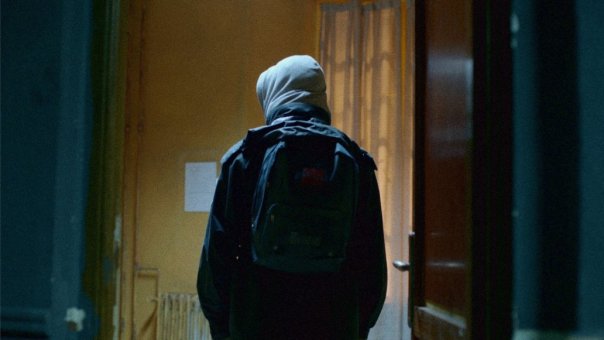
Satire and literal commentary on the gang violence in Chicago are themes in Spike Lee’s Chi-Raq, with the Greek play Lysistrata as its inspiration.
In the play, women withhold sex from their husbands to end fighting and promote peace in that era, which extends to the film adaptation with an ensemble cast including Samuel L. Jackson, Angela Bassett, John Cusack, Jennifer Hudson, Wesley Snipes, Teyonah Parris as Lysistrata and Nick Cannon as the title character.
Chi-Raq is also a nickname for Chicago as the murder rate due to gang violence has surpassed numbers from this nation’s wars overseas.
The film’s satircal take on the subject comes from the play and the women’s protest and eventual takeover of an armory until peace is had. In the film, the police response to their unarmed peaceful protest is portrayed as more than what happens when there is violence in the street.
Its literal take on the subject happens when children are killed in the crossfire of gang violence and through references to real-life deaths as a result of gun violence — including by the police — that have happened in recent years.
The film has a good blend of the two, but it’s clear that Spike Lee’s purpose is to send a message through his art. Samuel L. Jackson narrates the film with on screen appearances as Dolmedes as the female characters play out their protest to end violence and the rival gangs fight before deciding to give in to peace.
The state of gun violence is well-known in this country and Chi-Raq adds another layer of commentary to it in a way that caused some backlash for Lee. His use of humor rubbed some people the wrong way, which I can understand, but the message of the film seems to go above that and stand out in the end.
It’s worth watching and helps to know Lee’s intentions for the film before going into it. I also recommend the CNN series Chicagoland, which delves into the violence as well as problems with the city’s schools and economy.










